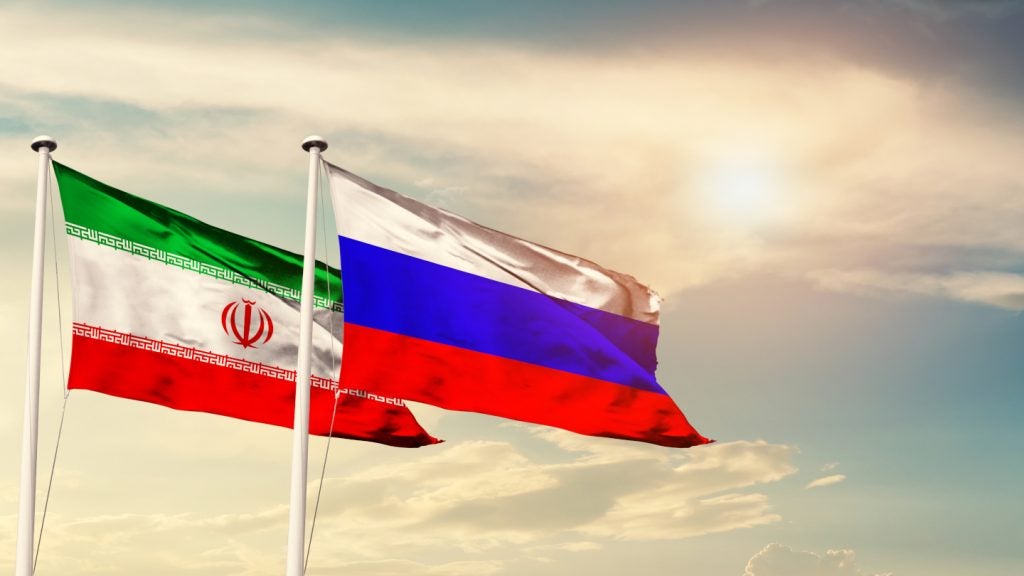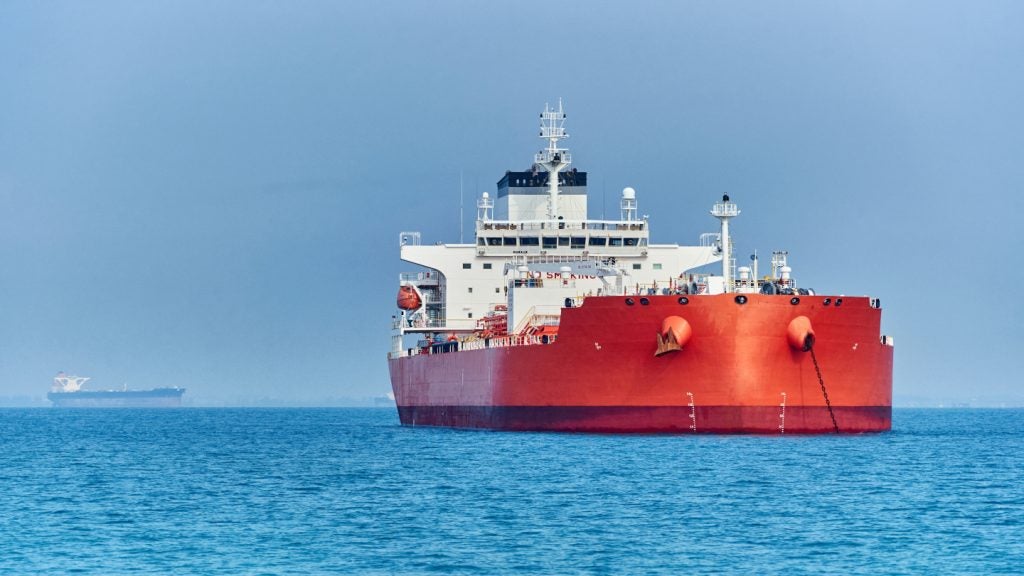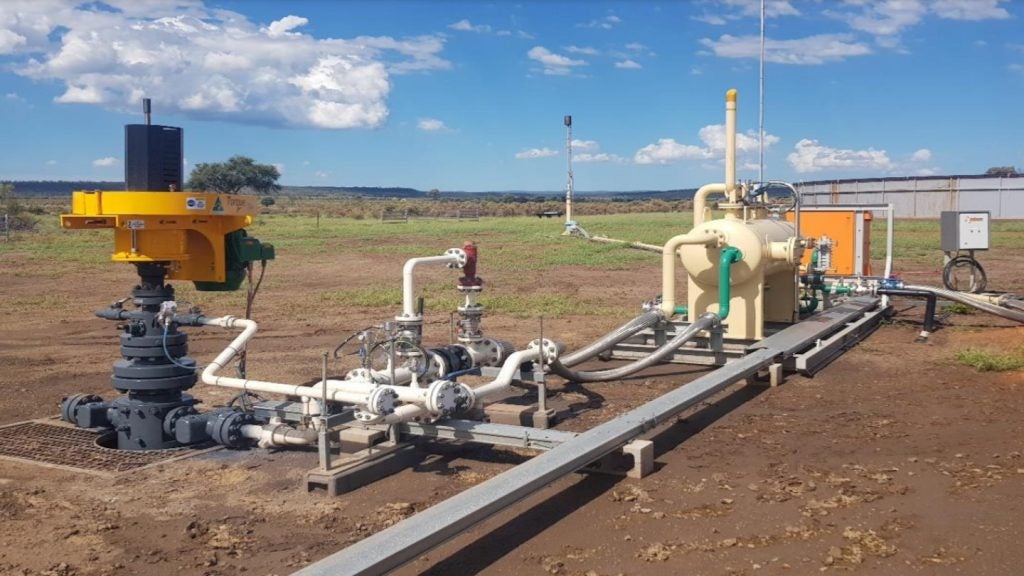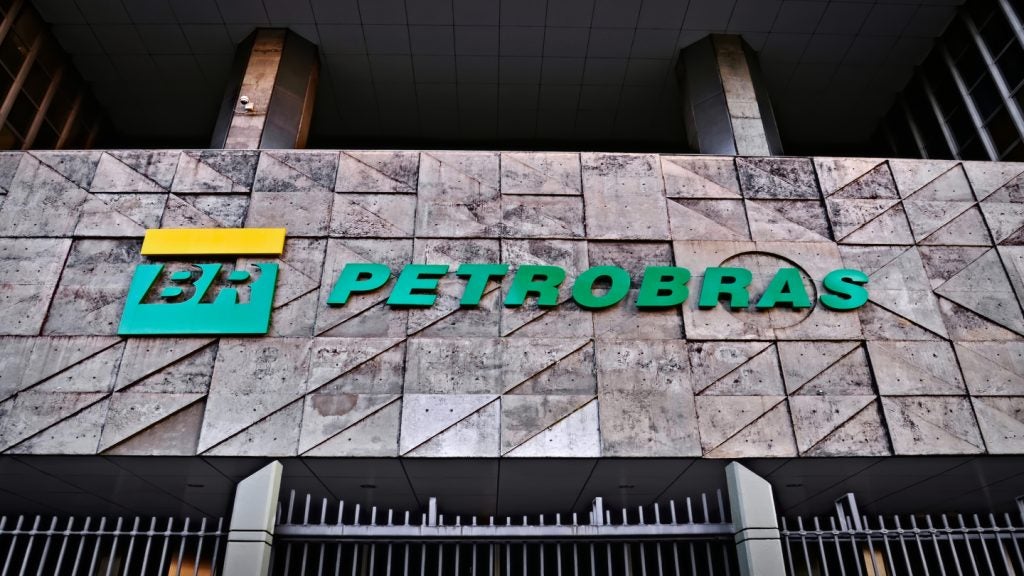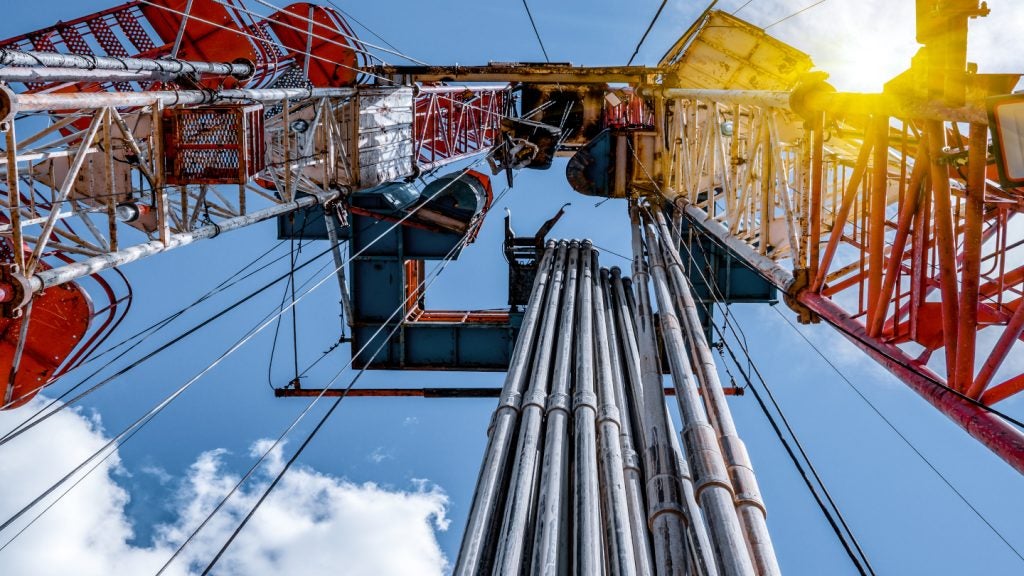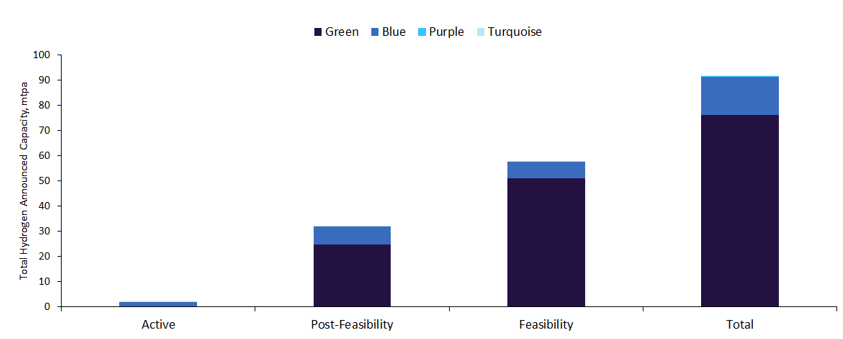Russia is likely to supply up to 55 billion cubic metres (bcm) of gas to Iran each year, as it seeks new markets following a substantial decline in gas exports to Europe.
This was revealed by Russian President Vladimir Putin at a joint press conference with his Iranian counterpart Masoud Pezeshkian on 17 January.
Since the onset of the Ukraine conflict in 2022, Russia's Gazprom has seen a drastic reduction in its once-dominant position in the European gas market.
This shift was further cemented this month when Russian gas exports to Europe via Ukraine came to a halt, ending reliance on Soviet-era pipelines and marking a shift in the European energy landscape.
Gazprom confirmed the cessation of the transit through Ukraine after the existing agreement was not renewed.
This change prompted EU buyers, including those in Slovakia and Austria, to look for alternative sources of gas.
Putin stated that while the goal is to reach 55bcm of gas exports to Iran per year, the initiative would commence with smaller volumes, starting at up to 2bcm.
The target volume is comparable to what the Nord Stream 1 undersea gas pipelines delivered to Europe before being damaged in 2022.
In June 2024, Gazprom signed a memorandum with the National Iranian Gas Company to facilitate the supply of Russian pipeline gas to Iran, although the potential pipeline routes were not disclosed.
Despite owning the world's second-largest gas reserves, Iran still imports gas, including from Turkmenistan, due to severe under-investment partly attributed to US sanctions.
Last July, Iran's Oil Minister Javad Owji mentioned that the country would be receiving approximately 300 million cubic metres of Russian gas a day or approximately 110bcm a year.


